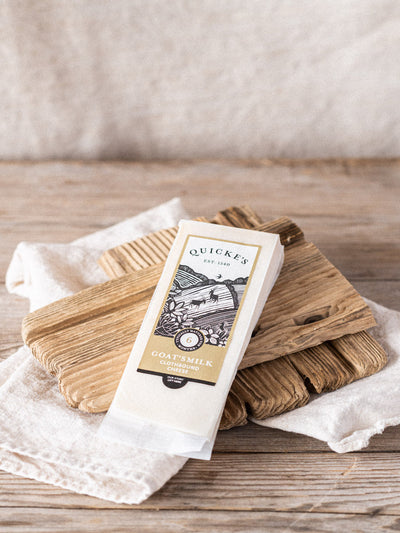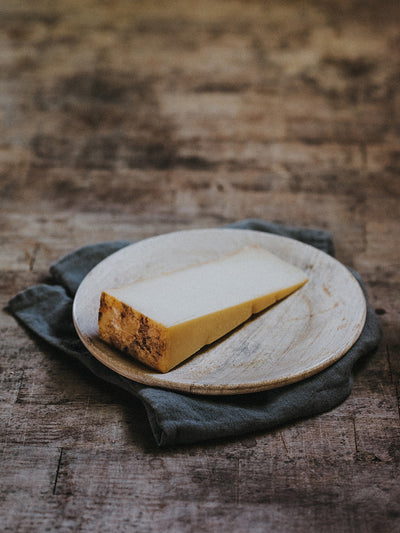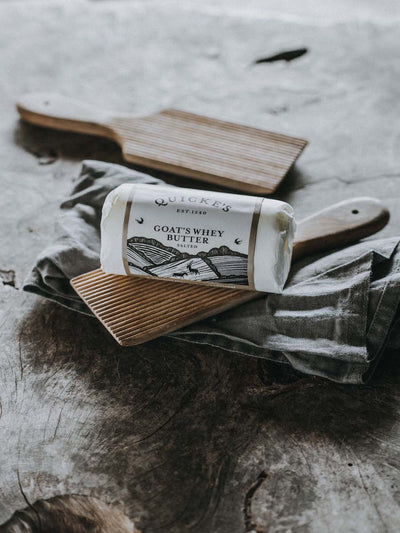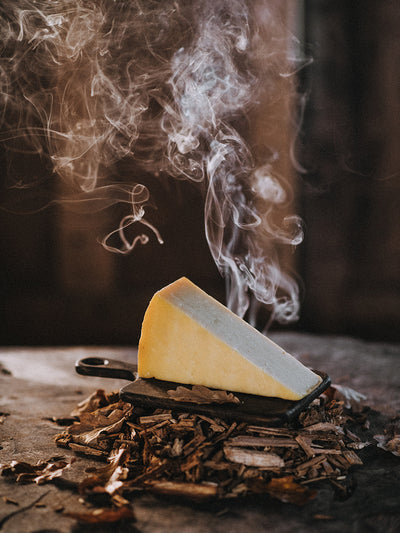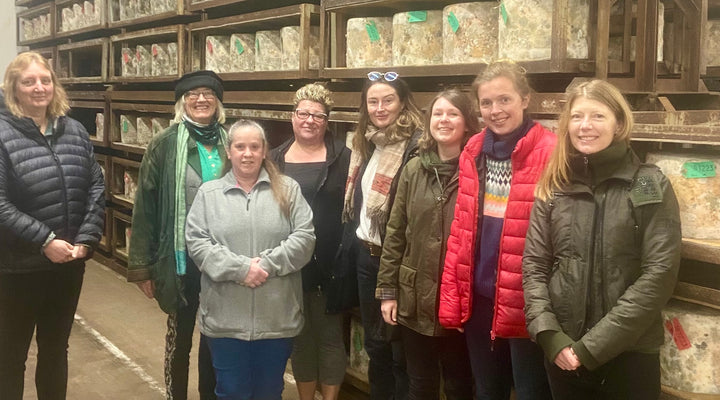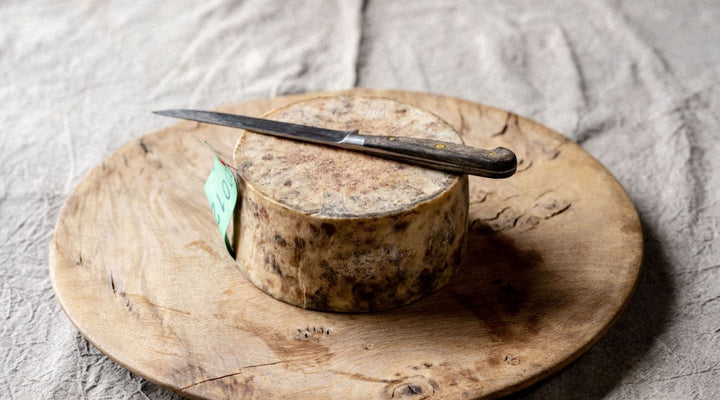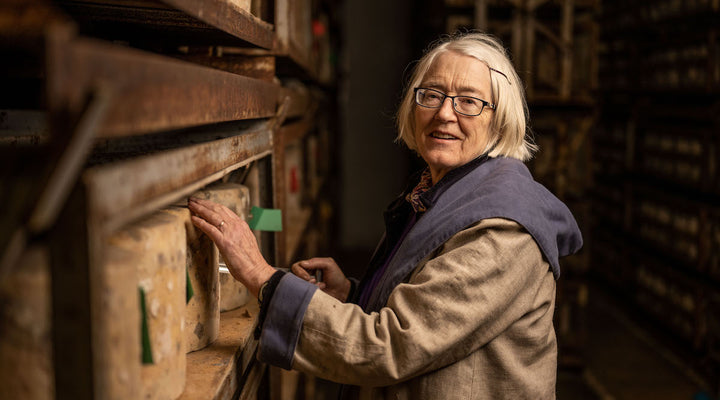NATURE
Walking by the river, we saw a heron, standing like some ancient creature. We’d already seen one kingfisher, a flash of brilliant blue out of the corner of your eye, and then we saw another. Lush growth, summer’s glory, lies tangled on hedgebank and riverside. It feels like loss, and it all returns to the soil with a rich and satisfying aroma, to rise anew next year.
ARABLE
We hope for a golden autumn to allow us to get the crops in. For that we need the soil in good shape. Roots like space for water and air. That’s provided by a happy soil’s beautiful crumb structure, made by humus, gums secreted by plant roots, and minerals in the soil. We choose our days to get the autumn crops in, when we can handle the soil while keeping its structure. The roots that grow rebuild the structure after handling it, and the longer the roots are there, the better the structure. The best structure sits under the hedge, where wheels and feet and implements do not go. Our target as farmers is to keep our soils as close to that pristine state as we can while asking the soil to provide us with food.
Lots of our soils don’t thrive producing crops and disturbed every year, losing too much of that precious structure, and that is where grass comes in. Grass stays longer in a field, sometimes indefinitely. The roots richly inhabit the soil, creating a lovely structure. Grass doesn’t provide us with food directly, it’s too fibrous. That’s where animals come in, able to digest that fibre in their fermenting vat of a rumen, producing meat and milk we can eat. Even that continuous root growth can get compacted by wheels and feet, and we need the actions of worms and roots to restore it. That’s why we take the cattle off the fields for the winter, so their hooves don’t crush the soil more than the soil can restore itself. We’ve put up another roof to keep the most of them inside. We’ve grown some kale to allow us to keep some animals outside, teenagers who are a little lighter on their feet. That soil will then grow grass for a while to recover.
COWS
First the youngest calves, and then progressively older ones come in as the weather worsens and the soil becomes more tender. We bed the cattle on straw, topping the straw up to keep them clean, and feed them from grass grown on the farm, and a little grain, much grown on this farm. The grain we grow isn’t suitable for people, lacking the protein to make bread. We may also feed some by products from human food, like the meal after crushing rapeseeed for oil or the brown parts not needed in white flour. The animals eat all this, producing growth and milk and dung. Their dung converts the unyielding straw into a perfect manure. It’ll partly rot down in the bottom layers as the straw builds up. We’ll take it all out in the spring, and spread to add to the organic matter in the soil, supporting the crumb structure of the soil. The rest we will compost further in a big heap, and spread on fields when they can use the nutrients. It’s part of the grand cycle of animals and plants that keeps soils healthy.
We need to work out how to manage the animals’ burps so we can contribute to global cooling, and we wait for the scientists to work that out. What we can do is produce milk with as low possible impact. British milk runs at about half global amounts of global warming gases for each litre, and ours about half that again, once we account for all the carbon dioxide we are putting away in our woods, hedges and soils, again working in a beautiful cycle.
DAIRY
The milk is where the fun starts in the cheese dairy. We add our wonderful heritage starter cultures to vats of warm milk, to acidify the milk, and rennet to set it. We cut, scald, drain whey, cheddar, mill and salt, until we are left with squeaky fresh curd, put into cloth-lined moulds, then onto the shelf to mature. The whey, once we’ve taken the last cream out of it for butter, goes to our lagoon with cow poo and washings from parlour and dairy, to wait for the best time to spread it to support the soil to grow the grass and crops again. Of course we can and will find better ways to do things, exploring how we can produce more delicious cheese with less impact on our environment.
It’s a magical cycle, with glorious things to eat at the end of it.
RECIPE
For Halloween, I will be enjoying our Double Devonshire - a gentle orange colour from annatto seeds, with a subtle creamy gentle sharp and nutty flavour. It pairs beautifully with some tasty little chestnut-flavoured potimarron squashes I’ve grown. I like this pancake mix baked with it. Thinly slice one squash (a butternut squash will do) with a small onion. Whisk up 3 eggs, 40mls olive oil, 30mls milk, 50mls double cream, a sprig of chopped rosemary and clove of garlic. Add 120g self raising flour and 100g grated Double Devonshire to squash and onions, and mix to combine. Pour the liquids in and mix well. Season. Put in a oven proof dish and bake in preheated oven for 30 minutes at 175oC till cooked through and golden brown on top.
MARY QUICKE

